PPT-Chapter 2 Budgets Intermediate Microeconomics:
Author : goldengirl | Published Date : 2020-08-07
A ToolBuilding Approach Routledge UK 2016 Samiran Banerjee Commodity Space The commodity space is the entire nonnegative quadrant Two goods case good 1 and
Presentation Embed Code
Download Presentation
Download Presentation The PPT/PDF document "Chapter 2 Budgets Intermediate Microecon..." is the property of its rightful owner. Permission is granted to download and print the materials on this website for personal, non-commercial use only, and to display it on your personal computer provided you do not modify the materials and that you retain all copyright notices contained in the materials. By downloading content from our website, you accept the terms of this agreement.
Chapter 2 Budgets Intermediate Microeconomics:: Transcript
Download Rules Of Document
"Chapter 2 Budgets Intermediate Microeconomics:"The content belongs to its owner. You may download and print it for personal use, without modification, and keep all copyright notices. By downloading, you agree to these terms.
Related Documents

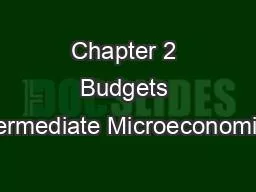
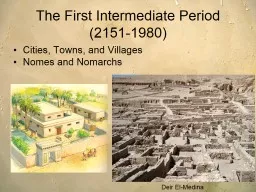

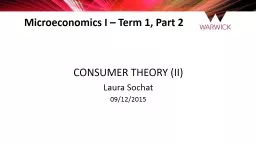

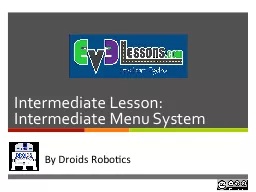

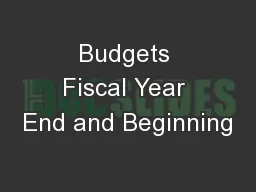
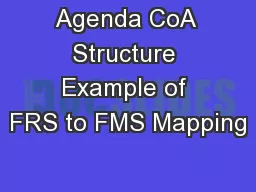
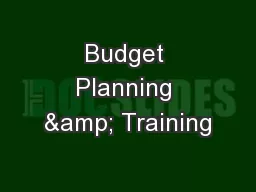


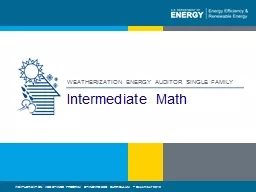
![[EPUB] - AP Microeconomics/Macroeconomics with 4 Practice Tests (Barron\'s Ap Microeconomics/Macroeconomics)](https://thumbs.docslides.com/902858/epub-ap-microeconomics-macroeconomics-with-4-practice-tests-barron-s-ap-microeconomics-macroeconomics.jpg)